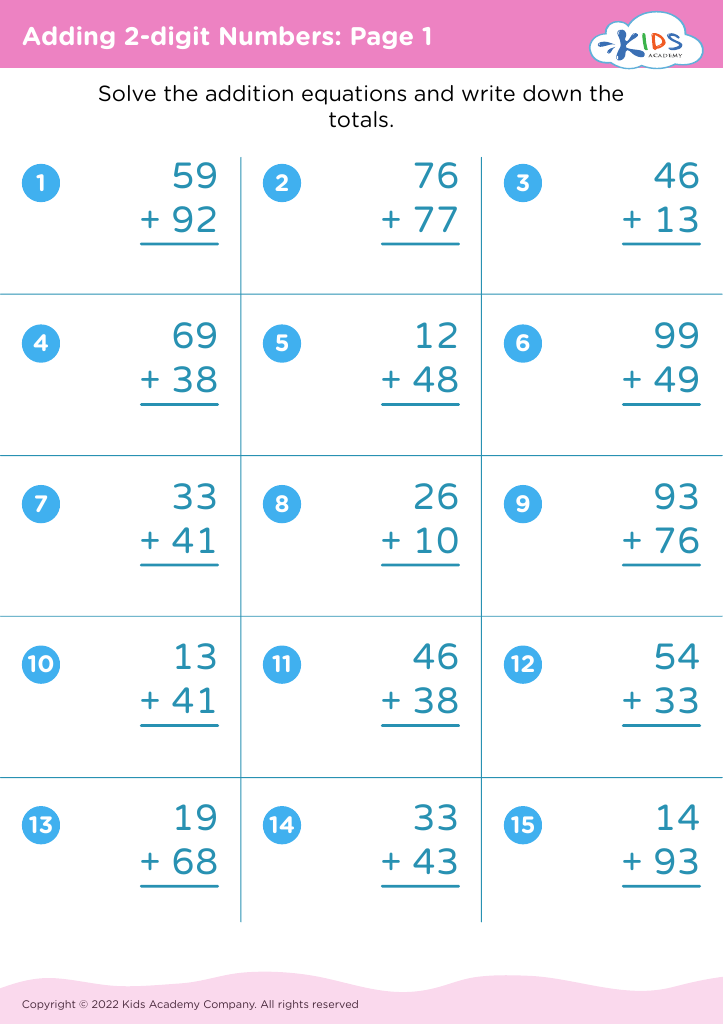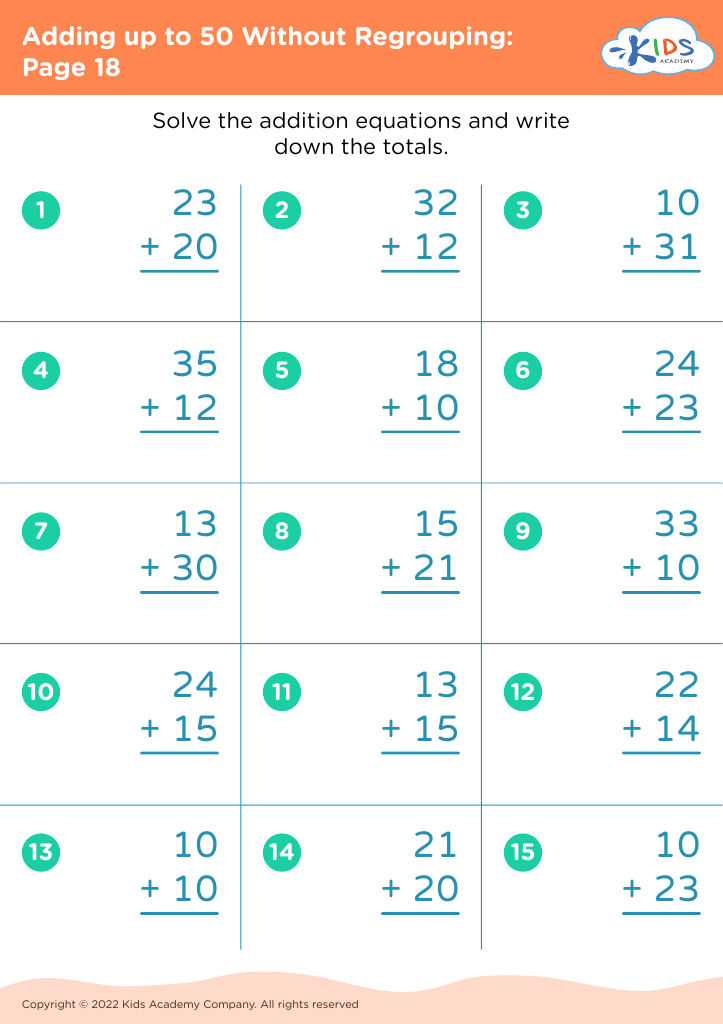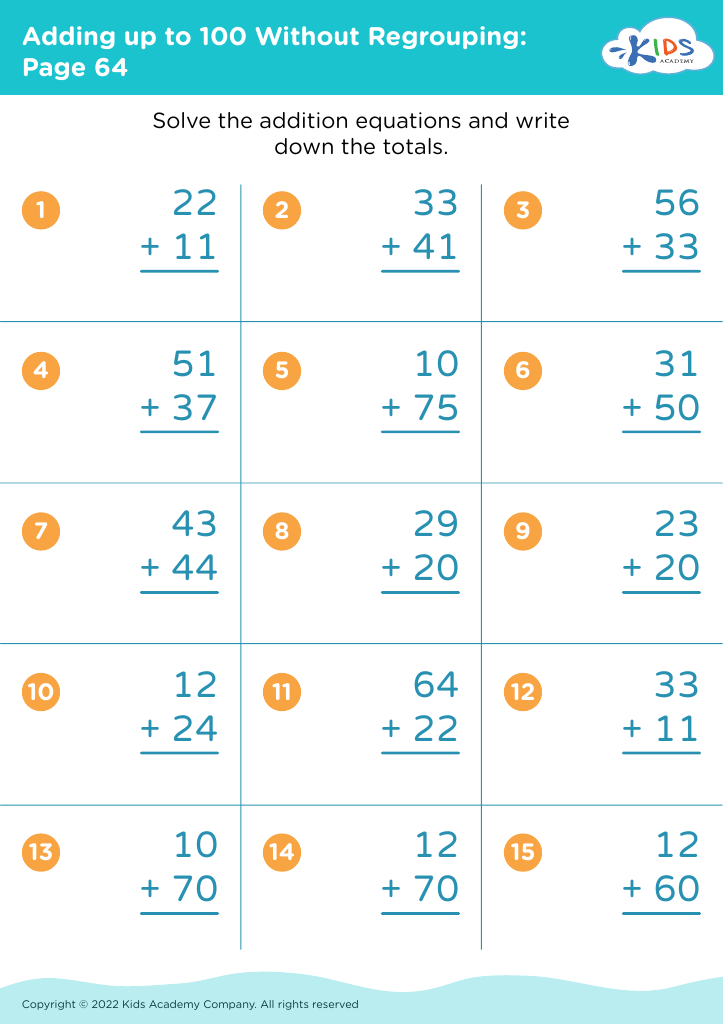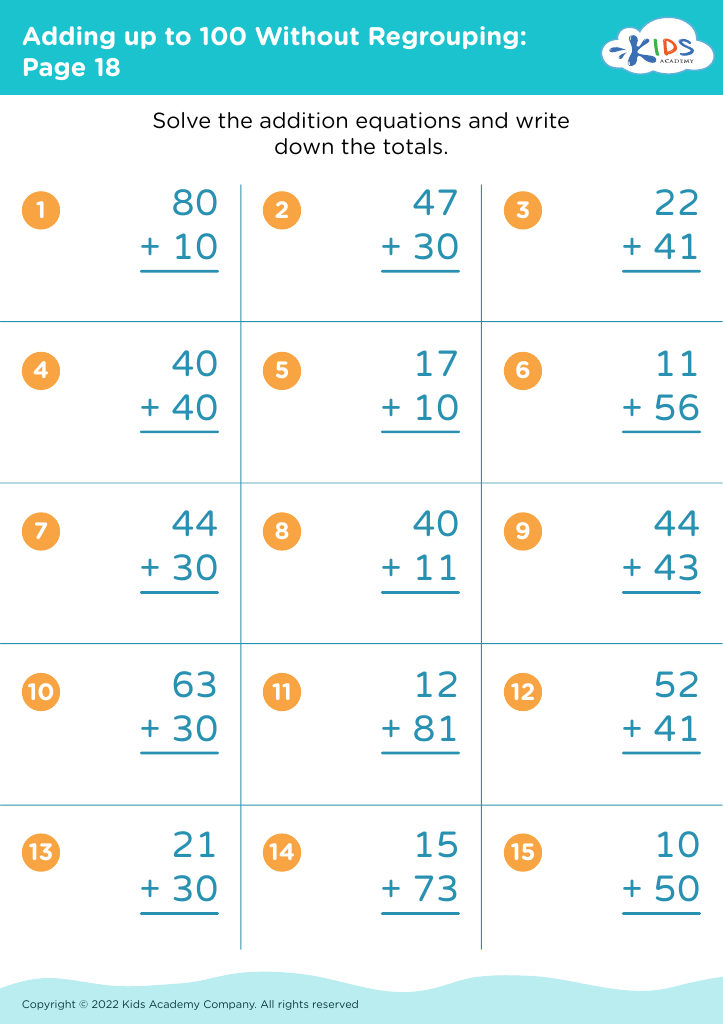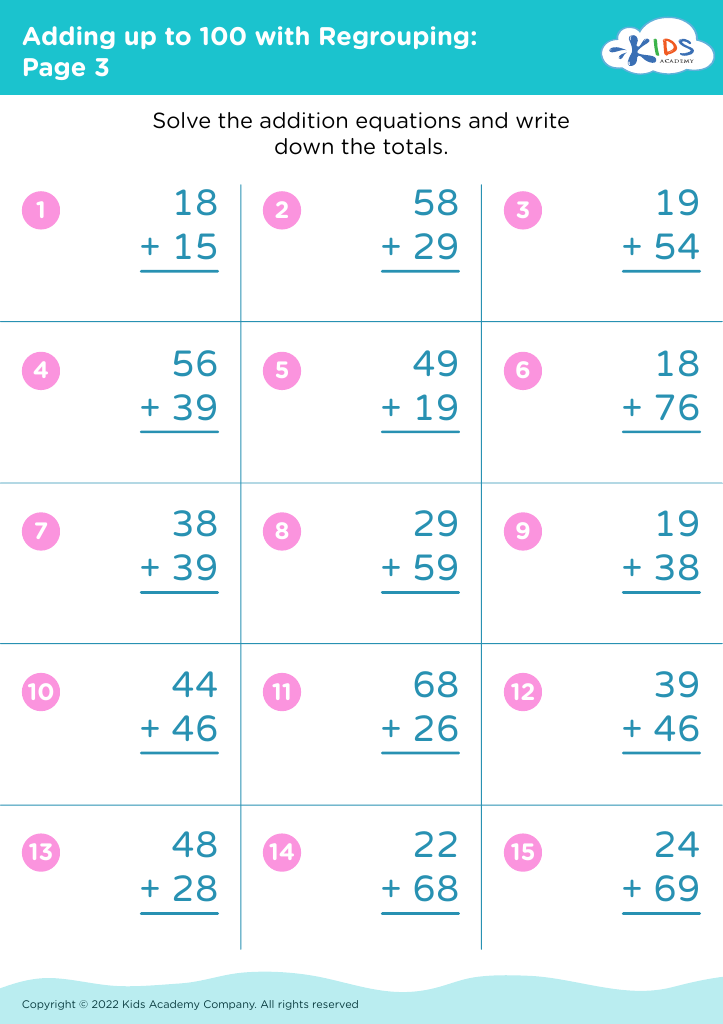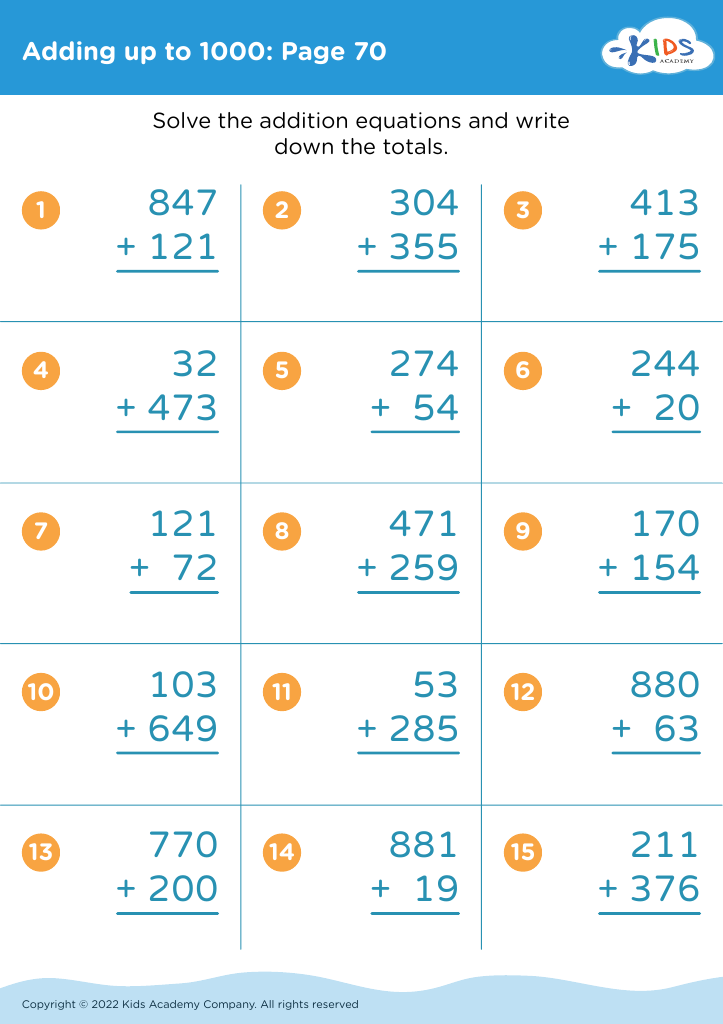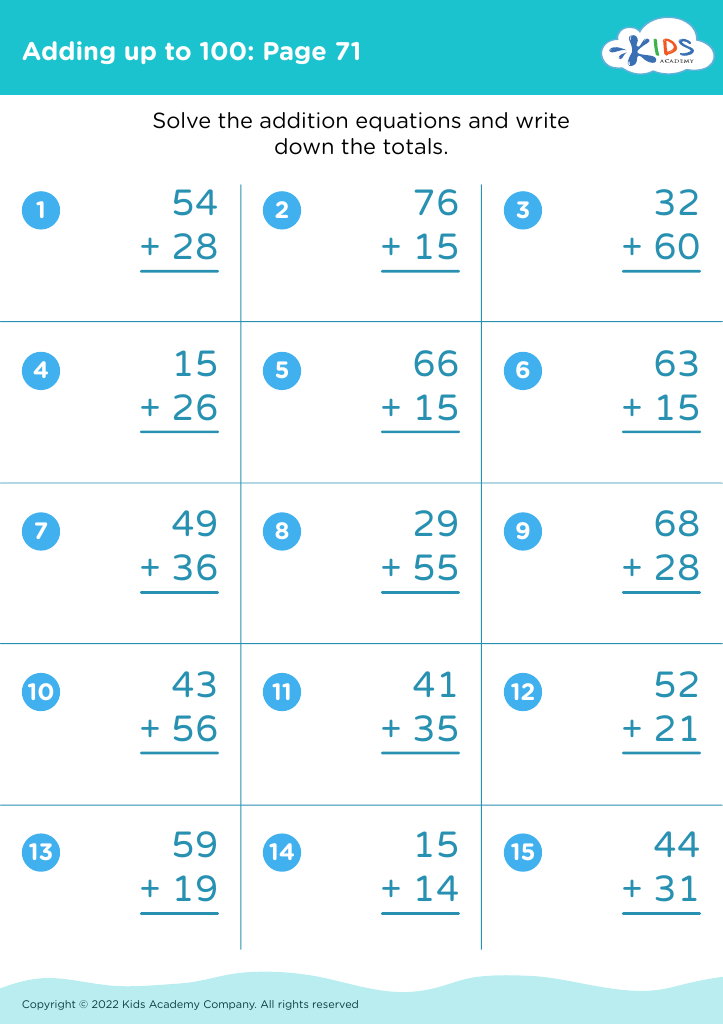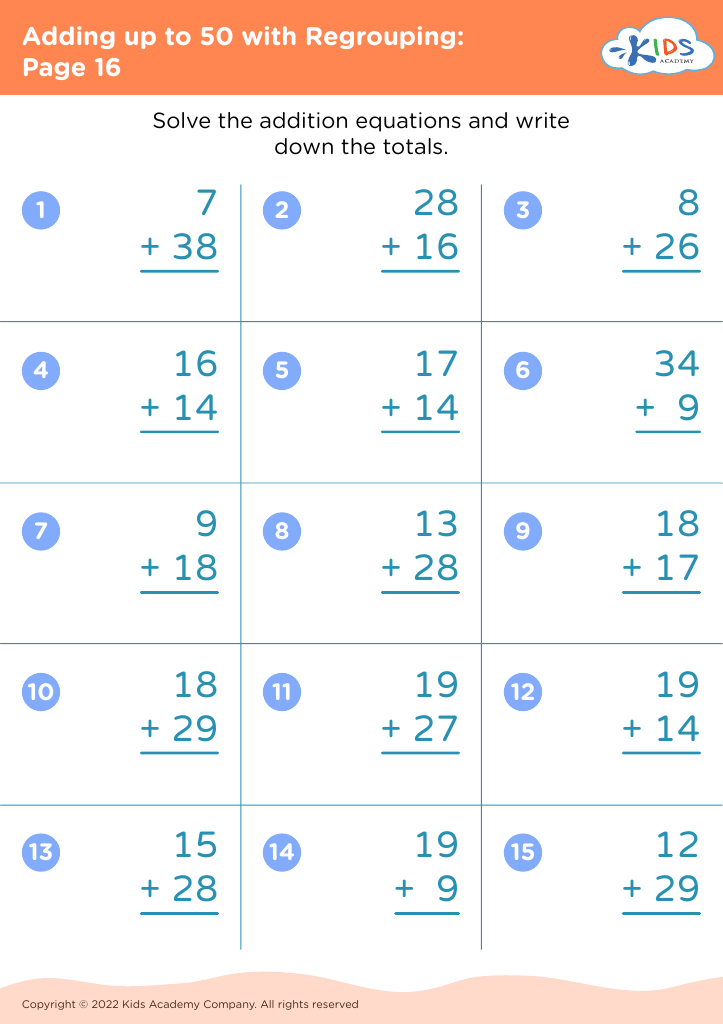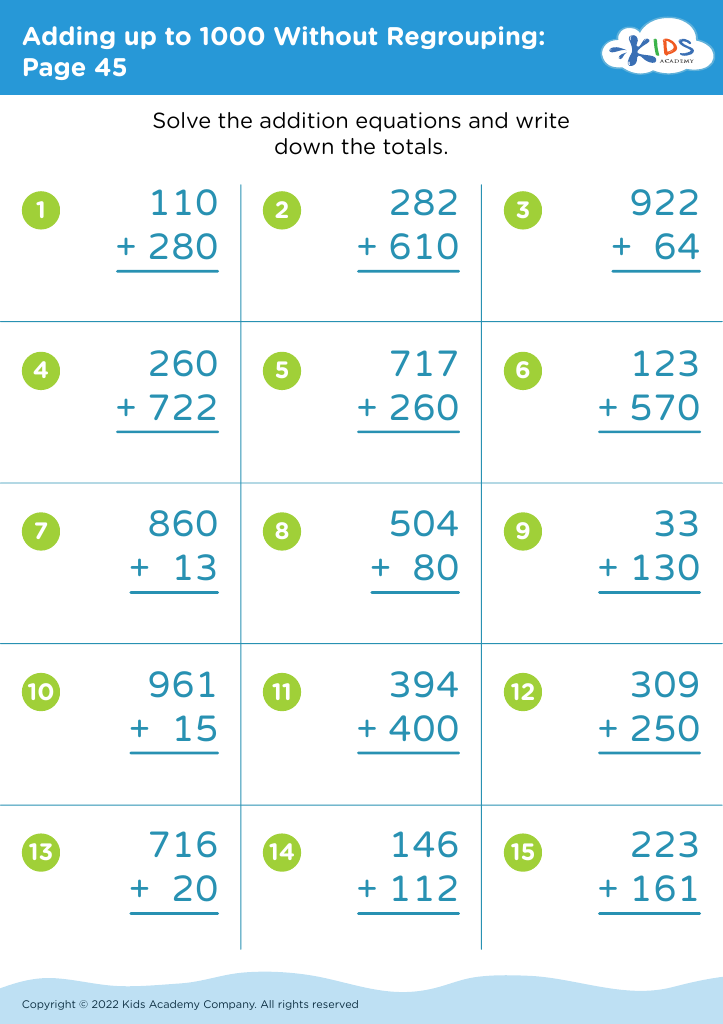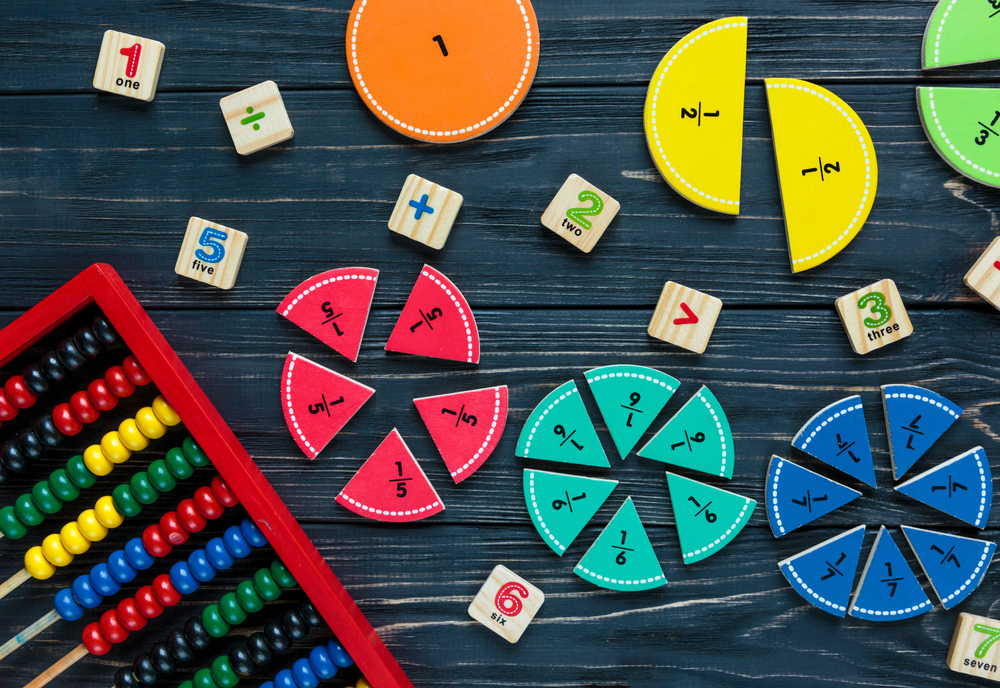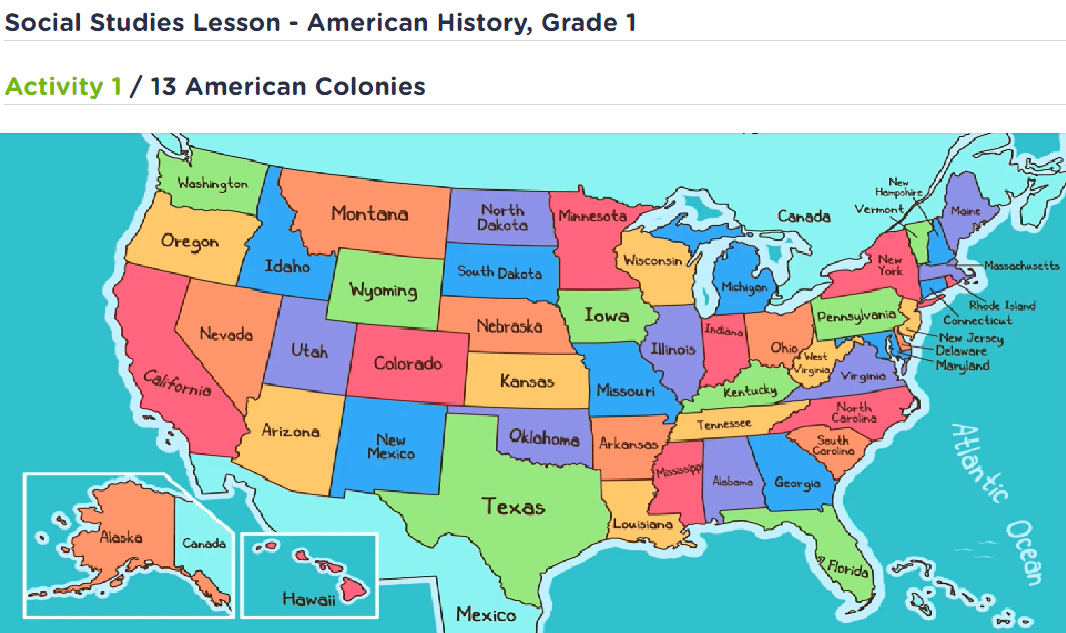Problem-solving practice Math Worksheets for 8-Year-Olds
15 filtered results
-
From - To
Our Problem-solving Practice Math Worksheets for 8-Year-Olds offer exciting and engaging ways to sharpen young minds. Specifically designed for 8-year-olds, these worksheets help kids enhance their problem-solving skills and build a strong mathematical foundation. By solving various problems, students will practice critical thinking, improve their reasoning abilities, and boost their confidence in handling complex math concepts. Our colorful and age-appropriate worksheets not only make learning fun but also align with educational standards, ensuring that your child gets the best support in their learning journey. Ideal for both classroom and home use!
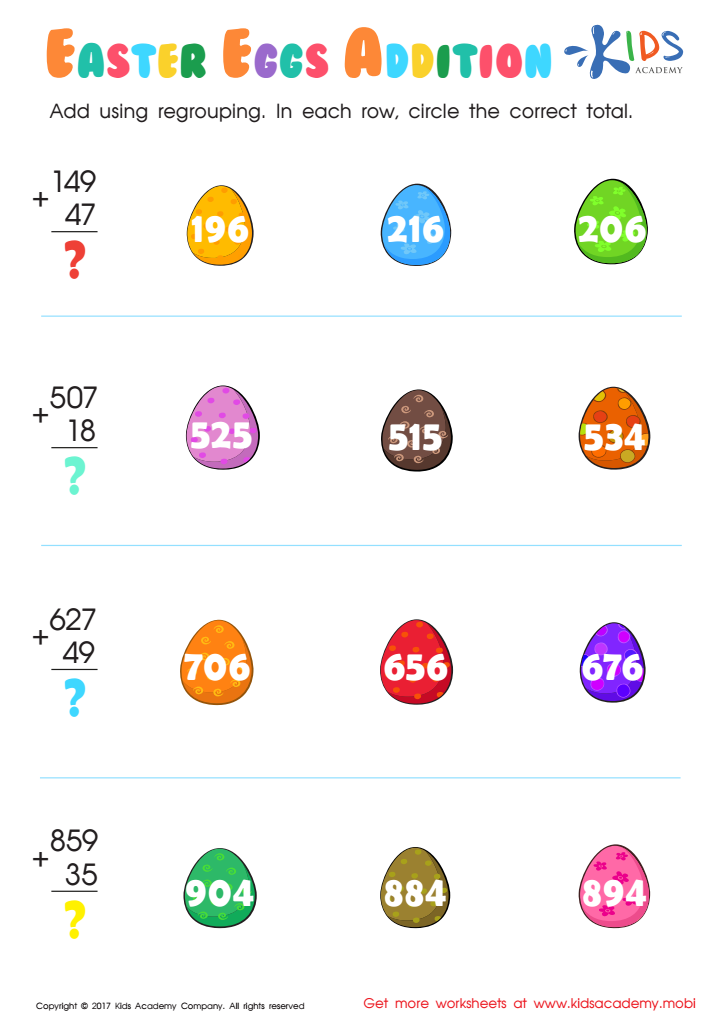

Addition with Regrouping Worksheet
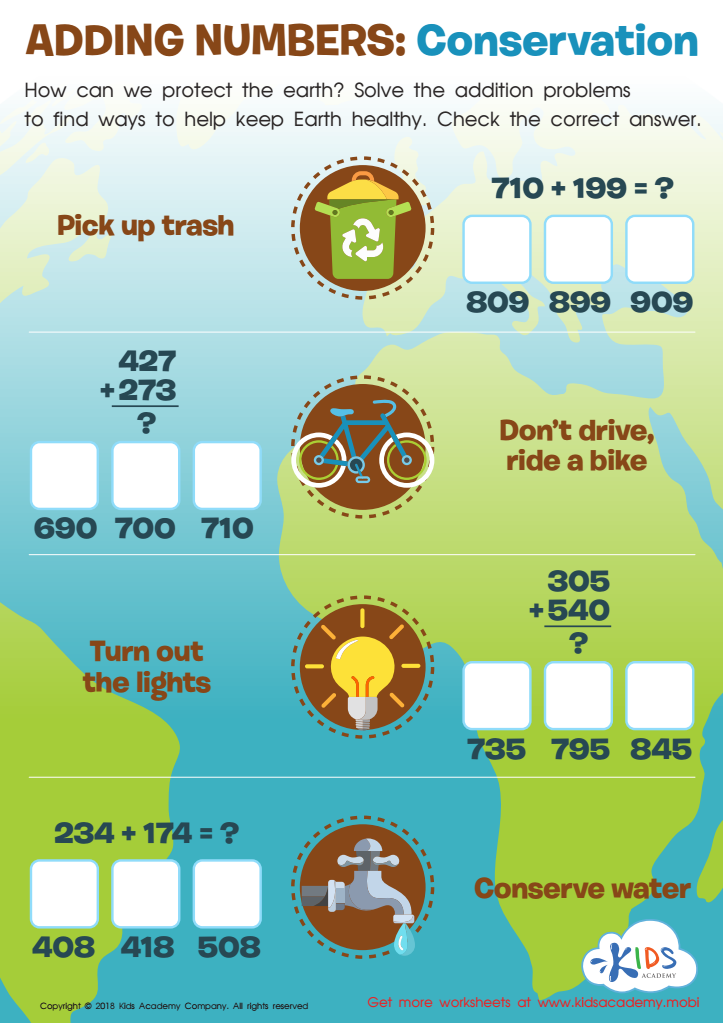

Adding Numbers: Conservation Worksheet
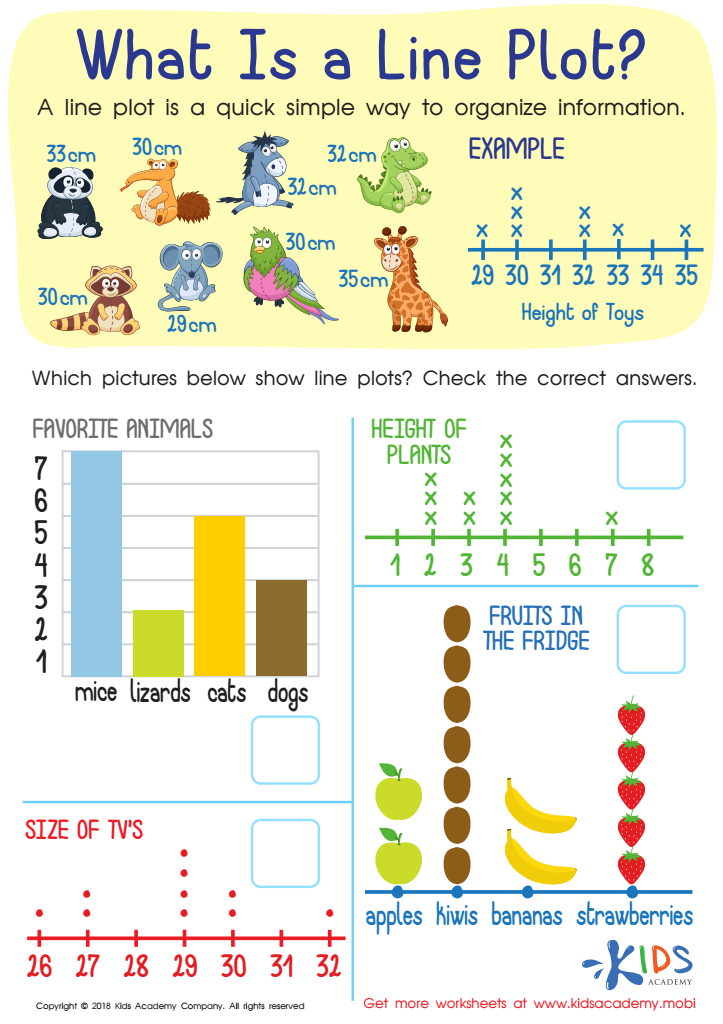

What Is a Line Plot? Worksheet
Problem-solving practice in math is crucial for 8-year-olds, and both parents and teachers play pivotal roles in fostering these skills. At this developmental stage, children are not only acquiring foundational math concepts but also forming cognitive frameworks for future learning. Engaging in problem-solving activities helps enhance critical thinking, creativity, and resilience. These activities provide students with opportunities to apply mathematical concepts to real-world scenarios, aiding in the retention and understanding of abstract principles.
When children practice problem-solving, they learn to approach challenges methodically, testing different solutions and learning from mistakes. This iterative process is invaluable for developing perseverance and analytical skills. Moreover, problem-solving encourages cooperative learning, where children can work in groups, sharing strategies and learning collaboratively.
Parents supporting problem-solving at home create a bridge between classroom learning and real-life application, making math feel more relevant. Teachers fostering this practice in the classroom can build an inclusive learning environment where curiosity and inquiry are valued.
Overall, consistent problem-solving practice empowers 8-year-olds to see math as a dynamic and engaging subject. It cultivates a growth mindset whereby students understand that effort and strategy can improve their skills, setting a firm foundation not only for future academics but also for everyday life challenges and problem-solving situations.
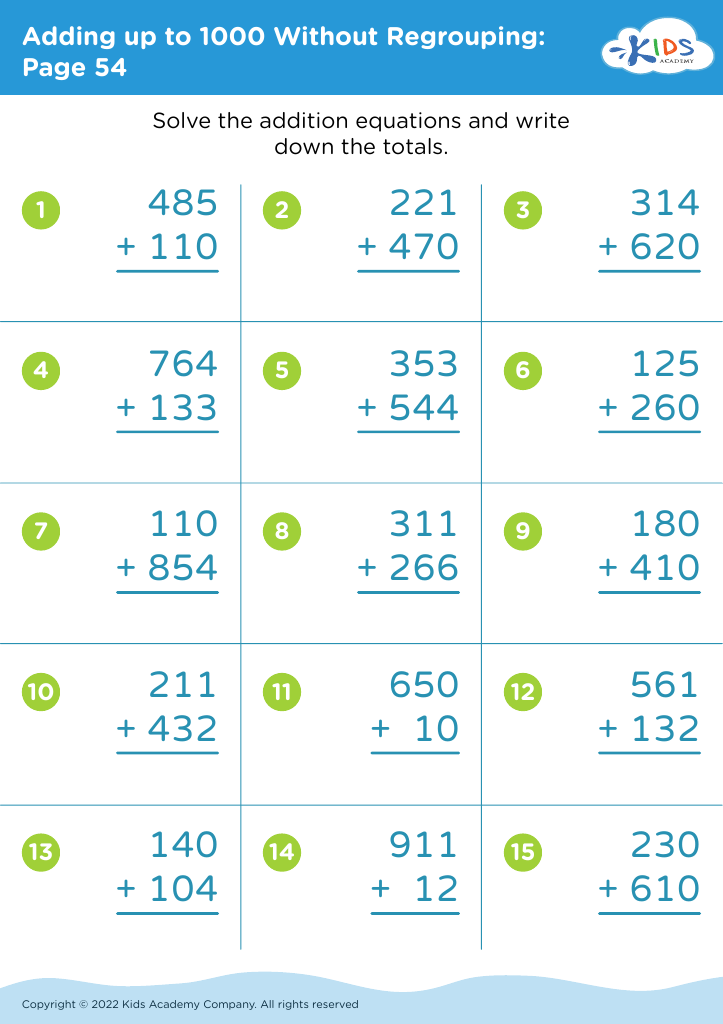

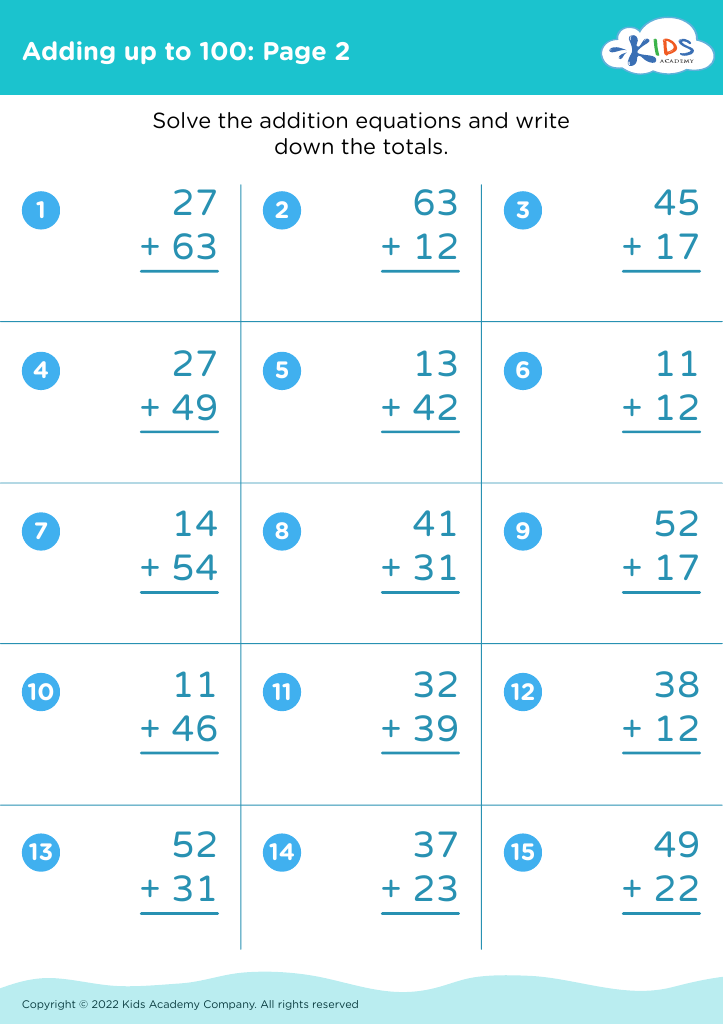
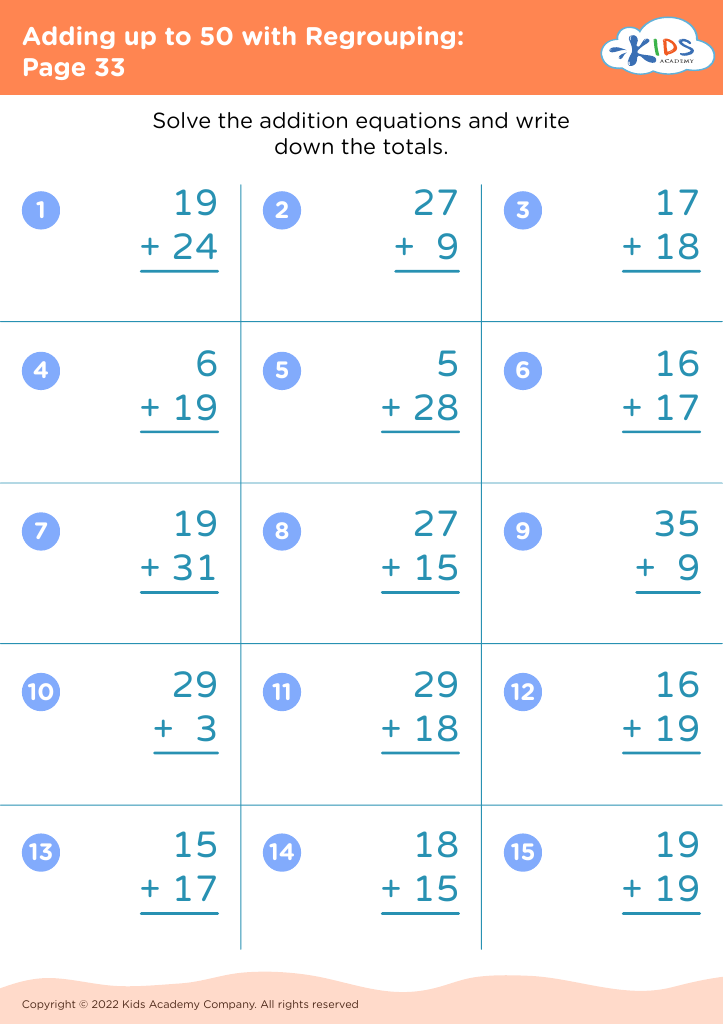
 Assign to My Students
Assign to My Students
